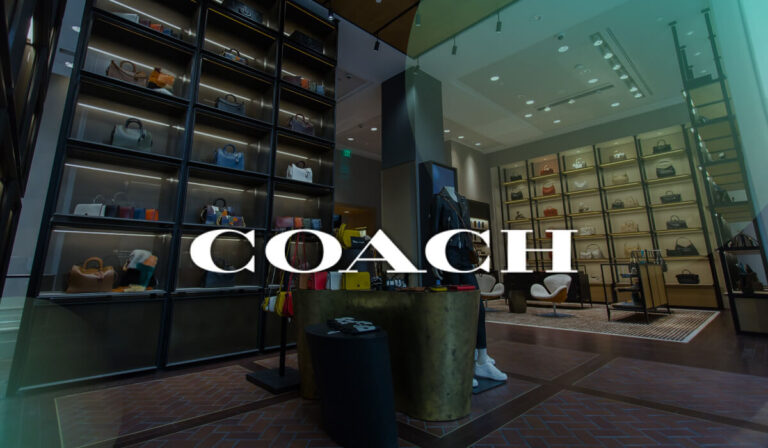The Guardian’s Changing Media Summit returned to London. GroundTruth’s Theo Theodorou, General Manager, EMEA participated on “A Walk Down The High Street Of The Future” panel, discussing what the future looks like for the retail industry.
The retail industry is changing, with new technologies becoming more accessible and consumer demands for fast, personalised experiences growing, the industry is continuing to evolve. While bricks-and-mortar stores adapt to the rise of these technologies, the panel took a look at what the future might look like for the industry.
1. Service Design in Retail
Fashion consumers today are provided with consistency, convenience and efficiency through mediums such as Uber and Farfetch. With these seamless services, consumers are now expecting the same level of service from traditional brands. The core value unit of fashion retailers has traditionally been their product. Fashion retailers apply added value at multiple stages, including supply, production, distribution and marketing. In order to provide a superior experience, it is essential to reconcile multiple touch points, such as customer service and customer relationship management (CRM) in creating and delivering services. This can be achieved through education. It’s important for retailers to educate their customers on their value-added services, and for retailers to remain educated themselves on the evolution of the market, adapting to new generations and creating effortless experiences to remain competitive. The competitive field is shifting to destinations that most quickly and seamlessly fulfill customer’s desires. In order to have an effective service design, it’s important for retailers to have a competitive edge in the traditional retail environment.
2. Brand Building in An On-Demand Economy
In order to be effective today, it is important for retailers not to separate service design and brand development. Successful retailers have moved the focus of branding from driving traffic and creating awareness deeper into service design. Service design teams used to be comprised of retention, usability and user segmentation, all of which are now part of branding, whose job is to keep demonstrating the company’s value throughout the entire customer journey. Businesses are platforms, resulting in not needing to directly create your own value, and not having control over the value proposition. It is the job of the business to ensure value exchanges are as seamless and intuitive as possible, as well as building a strong brand. In order to build a strong brand there is an increased importance on understanding the consumer and keeping up with the developing market. Consumers are placing an increased importance on trust, resulting in the need for brands to be transparent, particularly in the now on-demand economy. Today’s consumers demand more. It is up to companies to meet these consumer demands through building adaptable brands in this highly evolving economy.
3. Growth Marketing
Successful retailers simultaneously focus on brand building and scaling growth. Fashion brands have progressed from the restrains of print and video and have been thrust into the experiential, omnichannel, data-rich and interactive world thanks to digital technology. This new digital world provides endless opportunities to create and deliver value to consumers surrounding product purchases. Although we are in a highly digital world, 90% of retail commerce still happens in store, providing a huge opportunity for retailers to digitally reach their consumers, which is achievable through utilising location data. Mobile is the vehicle used to reach consumers in real-time, providing a huge opportunity for marketers to reinvent old strategies. The mobility of these connected devices makes for a highly versatile communication channel, offering the chance to source real-time insights based on a consumer’s location. It is therefore essential for retailers to understand their data as well as their consumers to best leverage their marketing growth.





